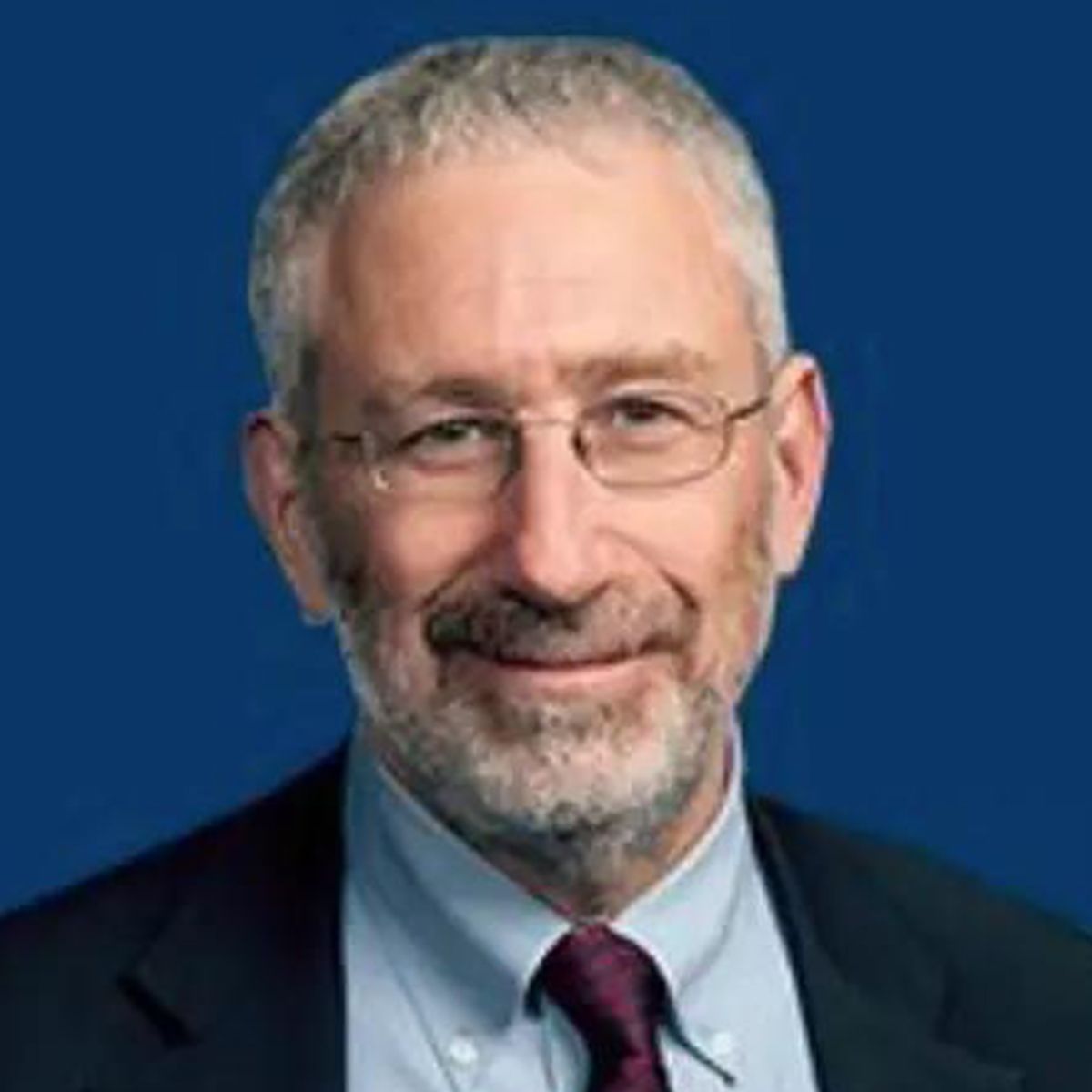Commentary
Video
Dr Herrera on Nivolumab vs Brentuximab Vedotin Plus AVD in Hodgkin Lymphoma
Author(s):
Alex Herrera, MD, discusses safety and efficacy outcomes with nivolumab plus AVD vs brentuximab vedotin plus AVD in advanced classic Hodgkin lymphoma.
Alex Herrera, MD, chief, Division of Lymphoma, Department of Hematology and Hematopoietic Cell Transplantation, associate medical director, Briskin Center for Clinical Research, associate professor, Division of Lymphoma, Department of Hematology and Hematopoietic Cell Transplantation, discusses safety and efficacy outcomes from the phase 3 SWOG S1826 trial (NCT03907488) of treatment with nivolumab (Opdivo) vs brentuximab vedotin (BV; Adcetris), both given with combination chemotherapy, in adolescent and adult patients with advanced classic Hodgkin lymphoma.
Notably, the investigation evaluated the 2 treatment options given with doxorubicin, vinblastine, and dacarbazine (AVD). The initial findings were reported with only 12.1 months of follow-up (range, 0-38.6), Herrera begins. The goal in treating patients with advanced-stage Hodgkin lymphoma is to cure the disease, and most recurrences typically occur within the first 2 years post-therapy, he reports. One goal of SWOG S1826 was to determine whether the benefit of nivolumab plus AVD (N+AVD) vs BV plus AVD (BV+AVD) would continue over time. Now, with 2.1 years of follow-up (range, 0-4.2), investigators saw that the progression-free survival (PFS) benefit of N+AVD over BV+AVD was sustained, Herrera shares. Specifically, the 2-year PFS rate with N+AVD reached 92% (95% CI, 89%-94%), compared with 83% (95% CI, 79%-86%) with BV+AVD, yielding a hazard ratio of 0.45 (95% CI, 0.30-0.65).
Moreover, the benefit with N+AVD was consistent across diverse patient subgroups enrolled in the study. These included adolescents, older adults, patients with high- or low-risk disease, and patients with either stage III or stage IV disease, he notes. Observing this uniform improvement across all patient categories further reinforces the reliability of N+AVD, according to Herrera.
Additionally, investigators reported final toxicity outcomes, Herrera continues. Once therapy was completed, a noticeable difference emerged between the 2 arms: 22.2% of patients in the BV+AVD arm discontinued treatment with BV due to adverse effects (AEs), whereas 9.4% of patients in the N+AVD arm discontinued treatment with nivolumab, he says. Furthermore, 26.7% of patients receiving BV required BV dose reductions.
Importantly, no new safety signals were observed since the initial analysis, and the AEs remained consistent with prior observations, Herrera emphasizes. The use of radiation therapy remained minimal; 0.6% of patients in the N+AVD arm received radiation, underscoring the effectiveness of N+AVD, he concludes.









